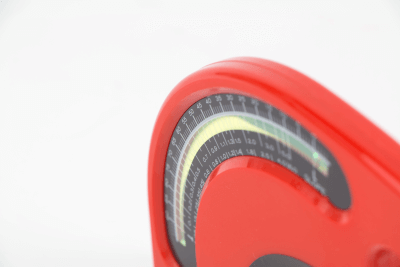What Is a Gradiometer?

A gradiometer, often referred to as an inclinometer, is an instrument designed to measure angles of inclination relative to the horizontal plane. It is commonly used for assessing the slope of surfaces like roofs and inclined terrain. While levels are a common tool in many toolboxes, gradiometers are more specialized and are typically used by professionals such as carpenters and service engineers.
There are two primary types of gradiometers: the bubble tube gradiometer, which is affordable and widely used for basic measurements, and the laser gradiometer, preferred by professionals for more precise measurements.
Uses of Gradiometers
Gradiometers have various applications in construction, civil engineering, and surveying. They are instrumental in determining the angles of inclined surfaces, such as those found in steel structures. Some models feature a magnet on the back, allowing them to attach to metallic surfaces like rebar for stability during measurements.
The bubble tube gradiometer relies on visually reading the position of bubbles within a liquid-filled tube, making it less precise than laser models, which are used for more exacting surveys.
Principle of Gradiometers
The bubble tube gradiometer consists of a small cylindrical glass tube with a liquid and a small air bubble. When this tube is aligned perpendicular to gravity, the bubble settles at the tube’s center, indicating a horizontal alignment. This tube is mounted on a base, enabling the measurement of horizontal planes and angles of inclination.
To measure an inclined surface, the gradiometer is placed on the object, and the tube is rotated until the bubble centers in the tube, indicating the angle of inclination. The tube typically has reference lines for fine adjustments, allowing users to align the bubble within these lines for accurate readings.
Some gradiometers allow angle readings without rotating the bubble tube, offering an alternative measurement approach.